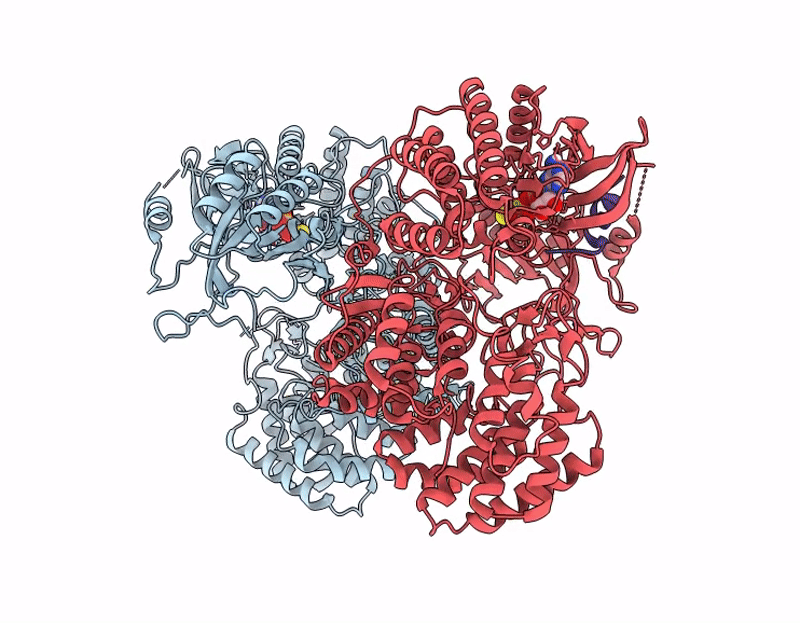
Deposition Date
2025-04-13
Release Date
2025-09-03
Last Version Date
2025-10-01
Entry Detail
PDB ID:
9UGQ
Keywords:
Title:
Cryo-EM structure of ClassIII Salivaricin modification enzyme SalKC in the presence of SalA
Biological Source:
Source Organism:
Streptococcus salivarius (Taxon ID: 1304)
Host Organism:
Method Details:
Experimental Method:
Resolution:
2.00 Å
Aggregation State:
PARTICLE
Reconstruction Method:
SINGLE PARTICLE


